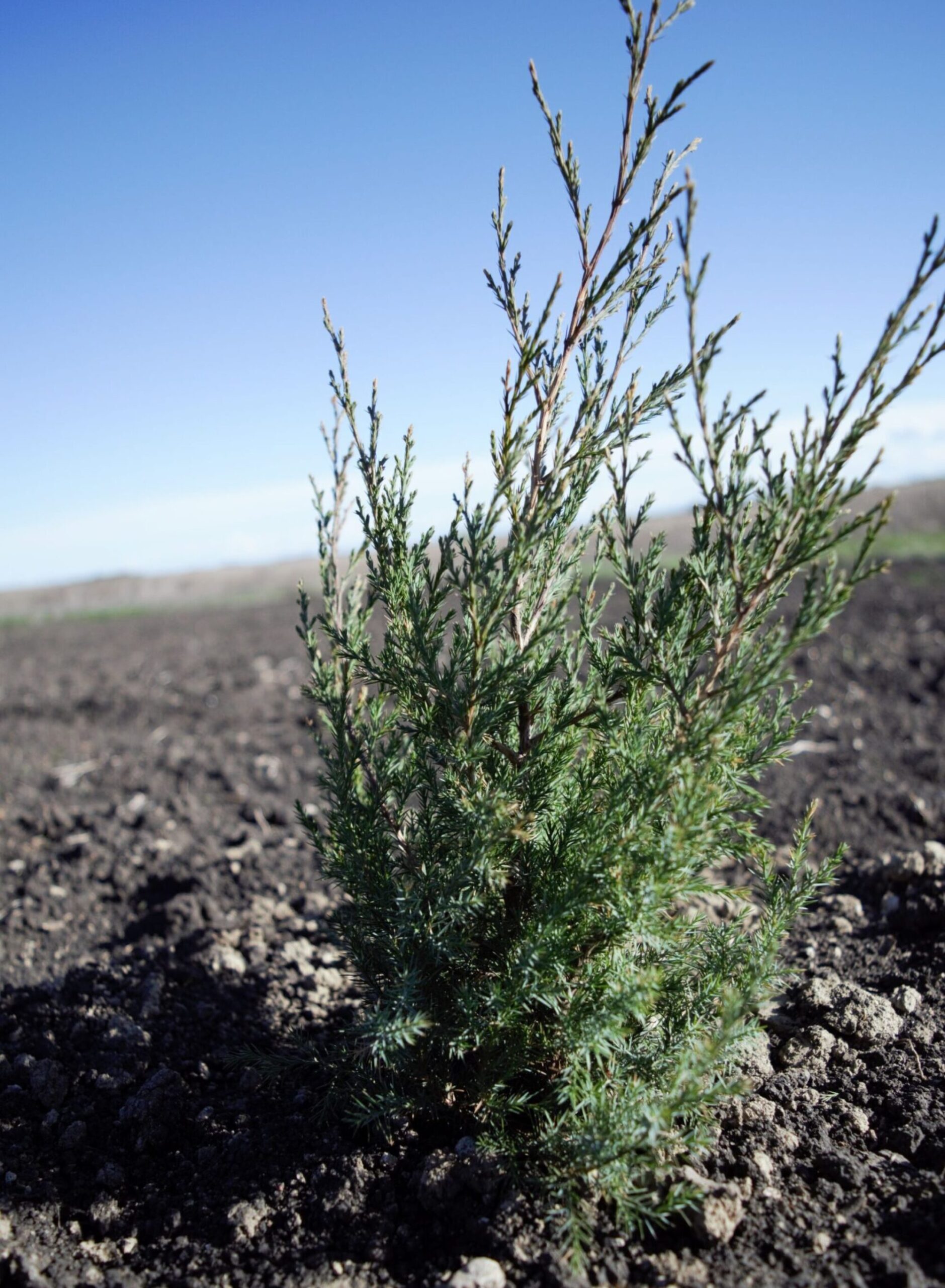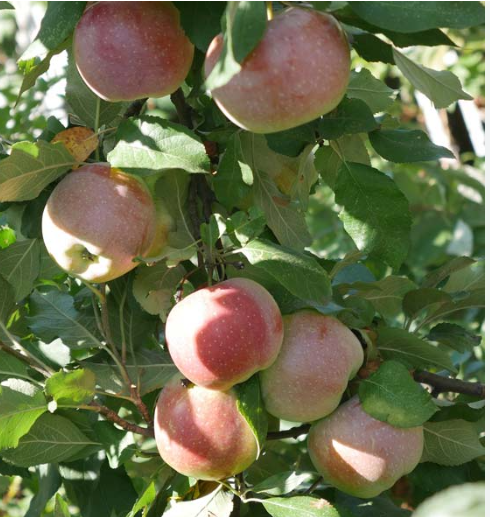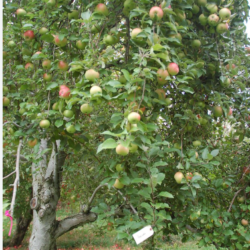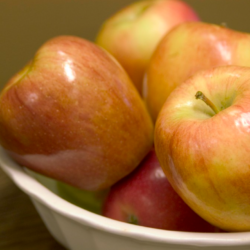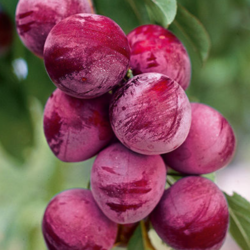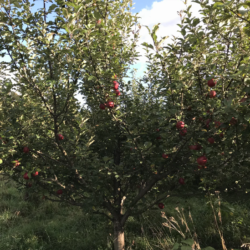Description
Key Facts
Scientific Name: Malus x ‘Whitney’
Common Name: Whitney Crabapple
Family: Rosaceae
Height: 15-20 feet at maturity
Spread: 15-20 feet
Leaf Shape: Ovate, with serrated edges
Bark Color: Gray-brown
Fall Foliage Color: Yellow to orange
Flower Color: Pink blossoms in spring
Fruit Color: Red
Growth Habit: Rounded, spreading canopy
Sunlight: Full sun
Soil Preference: Well-drained, loamy soils
Water Needs: Moderate, prefers consistent moisture
Wildlife Value: Attracts pollinators such as bees; provides food for birds
Pest and Disease Resistance: Generally resistant to common crabapple pests and diseases
USDA Hardiness Zone: 4-7
Why You’ll Love It:
The Whitney Crabapple offers a stunning display of pink flowers in spring and large, red fruit that persists into winter. Its attractive appearance and hardy nature make it a standout choice for adding seasonal interest to your garden. The tree’s ornamental value and support for wildlife enhance both beauty and ecological function in your landscape.
